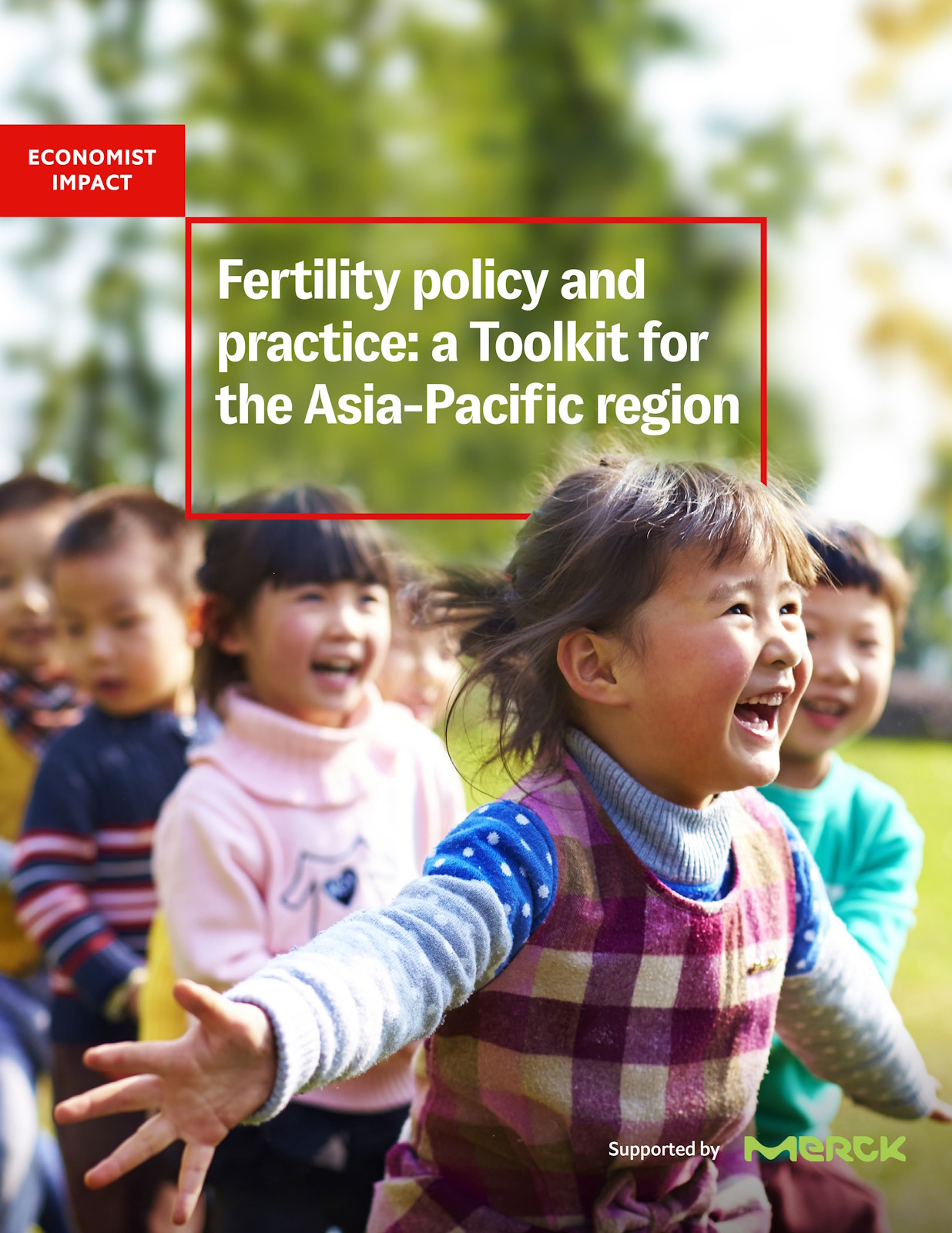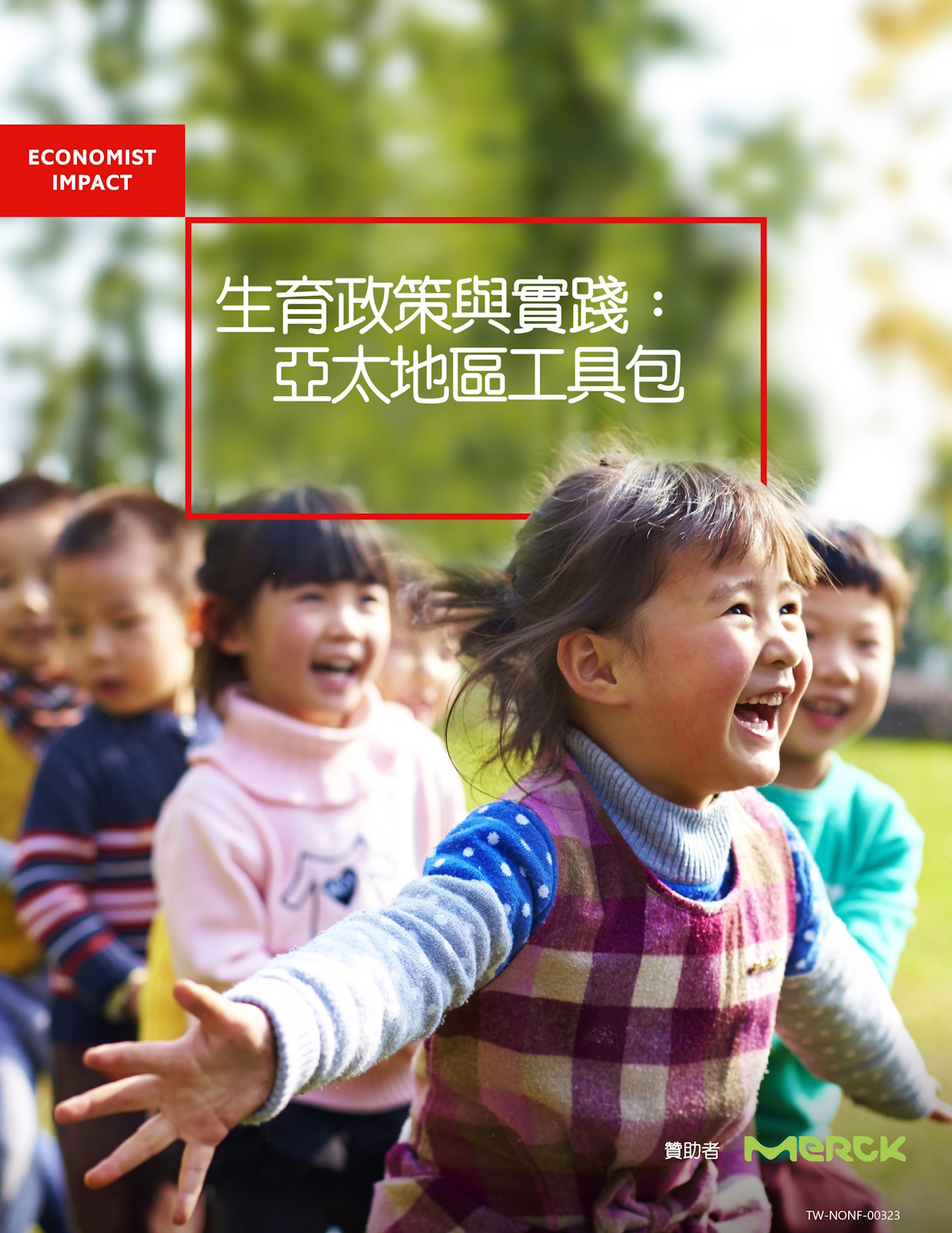- Georgina M Chambers: Director, National Perinatal Epidemiology and Statistics Unit, University of New South Wales, Australia
- Ha Anh Duc: Chief of Cabinet Office, Ministry of Health, Vietnam
- Osamu Ishihara: Professor, Clinical Medicine & Director of Nutrition Clinic at Kagawa Nutrition University, Japan
- Nai Peng Tey: Demographer and former associate professor of Statistics, University of Malaya, Malaysia
- Kamthorn Pruksananonda: Professor of OBGYN and Reproductive Medicine, Chulalongkorn University and Chairman of the Reproductive Medicine Subcommittee at The Royal Thai College of Obstetricians and Gynaecologists, Bangkok, Thailand
- Lih Rong Wang: Professor, National Taiwan University, Department of Social Work, Taiwan
- Ir. Dwi Listyawardani: Acting Deputy Chairman for Population Management in the National Population and Family Planning Board (BKKBN), Indonesia
- P C Wong: Emeritus Consultant, Division of Reproductive Endocrinology and Infertility, National University Hospital, Singapore
- Turro Wongkaren: Director, Institute for Advanced Studies in Economics and Business, Indonesia
- Nasuha Yaacob: Specialist in OB/GYN, and Member of Ministry of Health in National Assisted Reproductive Technology (ART) Policy, Malaysia
Fertility policy and practice: a Toolkit for the Asia-Pacific region
Download WhitepaperHealth
Fertility policy and practice: a Toolkit for the Asia-Pacific region

Emily is a Manager with Economist Impact’s Health Policy Team. She works with global clients, developing and delivering evidence-based health policy projects across a wide range of priority areas. Prior to joining the Economist Group, Emily worked in private healthcare in Canada followed by health policy and regulation in the UK, managing strategic programs and policy reviews, and working closely with the Department of Health.
Emily holds a Master’s degree in Women’s Health from University College London and a degree in Biology from McGill University.
Related content

Value-based healthcare in Sweden: Reaching the next level
The need to get better value from healthcare investment has never been more important as ageing populations and increasing numbers of people with multiple chronic conditions force governments to make limited financial resources go further.
These pressures, along with a greater focus on patient-centred care, have raised the profile of VBHC, especially in European healthcare systems. Sweden, with its highly comprehensive and egalitarian healthcare system, has been a leader in implementing VBHC from the beginning, a fact that was underscored in a 2016 global assessment of VBHC published by The Economist Intelligence Unit.
This paper looks at the ways in which Sweden has implemented VBHC, the areas in which it has faced obstacles and the lessons that it can teach other countries and health systems looking to improve the value of their own healthcare investments.

Breast cancer patients and survivors in the Asia-Pacific workforce
With more older women also working, how will the rising trend of breast cancer survivorship manifest in workplace policies, practices and culture? What challenges do breast cancer survivors face when trying to reintegrate into the workforce, or to continue working during treatment? How can governments, companies and society at large play a constructive role?
This series of reports looks at the situation for breast cancer survivors in Australia, New Zealand and South Korea. It finds that while progress has been made, more needs to be done, particularly in South Korea, where public stigma around cancer remains high.
The Cost of Silence
Cardiovascular diseases levy a substantial financial toll on individuals, their households and the public finances. These include the costs of hospital treatment, long-term disease management and recurring incidence of heart attacks and stroke. They also include the costs of functional impairment and knock-on costs as families may lose breadwinners or have to withdraw other family members from the workforce to care for a CVD patient. Governments also lose tax revenue due to early retirement and mortality, and can be forced to reallocate public finances from other budgets to maintain an accessible healthcare system in the face of rising costs.
As such, there is a need for more awareness of the ways in which people should actively work to reduce their CVD risk. There is also a need for more primary and secondary preventative support from health agencies, policymakers and nongovernmental groups.
To inform the decisions and strategies of these stakeholders, The Economist Intelligence Unit and EIU Healthcare, its healthcare subsidiary, have conducted a study of the prevalence and costs of the top four modifiable risk factors that contribute to CVDs across the Asian markets of China, Australia, Hong Kong, Japan, Singapore, South Korea, Taiwan and Thailand.
Download the report to learn more.



